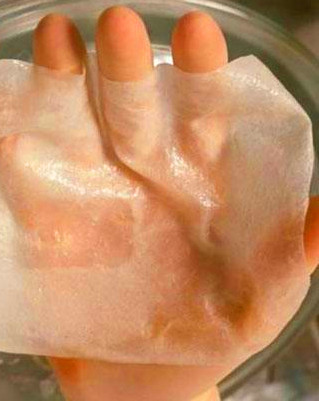Synthetic skin filled with pigment
 Researchers have added pigment to 3D-printed skin.
Researchers have added pigment to 3D-printed skin.
Engineered skin constructs have been used successfully in skin repair and grafting, toxicology, and chemical testing for several years now, but they lack complex features such as skin pigmentation, sweat glands and hair follicles.
Researchers in Singapore have come up with new techniques using 3D bioprinting to control the distribution of melanin-producing skin cells (melanocytes) on a biomimetic tissue substrate, to produce human-like skin pigmentation.
To make the pigmented skin constructs, the team used three different types of skin cells – keratinocytes, melanocytes, and fibroblasts – and a two-step ‘drop on demand’ bioprinting method.
The two-step bioprinting strategy involves the fabrication of porous collagen-based structures (that closely resembles the skin’s dermal region), into which epidermal cells such as keratinocytes and melanocytes can be deposited.
By injecting the cells at pre-defined positions on top of the biomimetic dermal skin constructs, they are able to print pigmented human skin constructs.
The team says the technique can be used to produce pigment-correct skin grafts, and also to develop skin constructs for toxicology testing and fundamental cell biology research.
More details are available in a new paper published in IoP Science.








 Print
Print